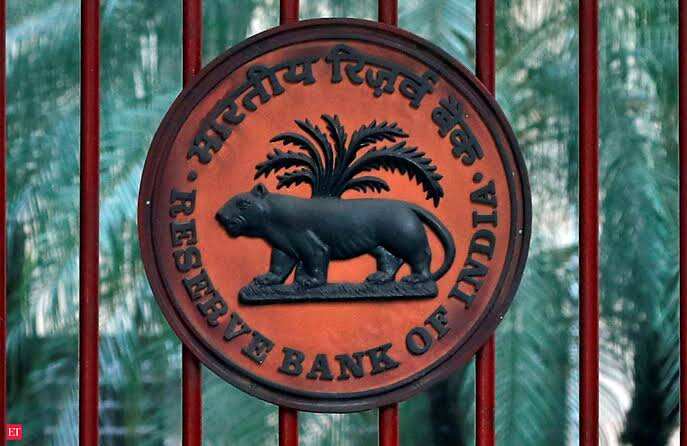Rising cases of Covid to hit securitisation volume in near term: Crisil
[ad_1]
Read More/Less
Securitisation volume closed below the psychological ₹1-lakh-crore mark last fiscal (FY21 at ₹90,000 crore), down from the ₹1.9-lakh crore clocked in each of the previous two fiscals, according to Crisil Ratings.
Looking ahead, securitisation volumes in the near term could be impacted by rising Covid-19 cases and the resultant restrictions being imposed in a number of States, said the credit rating agency in a report
Fresh disbursements
Many NBFCs may be compelled to refocus their energies on collections, and fresh disbursements could take a back seat, it added.
“Containment measures, including a temporary suspension of movement (local and regional) and business activities, could inhibit borrower cash flows.
“If these impact collection efficiencies, they may again deflate returning investor confidence and inhibit securitisation volumes in the near term,” as per Crisil’s assessment.
Though securitisations surged in Q4 FY21 (to about ₹40,000 crore) to become the highest grossing quarter for the fiscal, they are still below pre-Covid levels.
One of the basic conditions for securitisation is legitimate sale or ‘true sale’ of underlying assets, which ensures the assets are not impacted due to bankruptcy of the seller after the sale – that is, they are bankruptcy remote of the seller.
“Over 100 entities securitised assets during the fiscal, with more than 15 entering the market for the first time. Private and public sector banks invested in more than two-thirds of securitisation issuances, while foreign banks invested in about 10 per cent.
“Mutual funds, insurance companies, NBFCs, and high-networth individuals (HNIs) accounted for bulk of the rest,” said Crisil in the report.
The agency observed that asset-backed securitisation (ABS) deals accounted for nearly two-thirds of securitised volumes in FY21 against 63 per cent in FY20.
Mortgage-backed securitisation (MBS) issuances, with underlying home loans and loans against property comprised the remaining, with investors drawing comfort from stable collection efficiency in MBS pools in the postmoratorium period.
Krishnan Sitaraman, Senior Director and Deputy Chief Ratings Officer, Crisil Ratings Ltd, said: “In the Indian milieu, mortgage loans have been appreciated as a safe asset class for investors, given low delinquencies and minimal losses historically.
“Bearing testimony to this, mortgage loan collection efficiencies recovered faster from the pandemic-driven slowdown than other asset classes last fiscal.”
Direct assignment (DA) transactions dominated issuance, with as much as 59 per cent (60 per cent in FY20) of the volume securitised through this route. Within DAs, issuance supported by the government-sponsored Partial Credit Guarantee Scheme accounted for 5 per cent of transactions. Securitisation through the pass-through certificate (PTC) route comprised the remaining 41 per cent (40 per cent).
Rohit Inamdar, Senior Director, Crisil Ratings Ltd, said: “The better-than-anticipated rise in volumes in the second half and, specifically final quarter of last fiscal, points to the resilience of this segment to interruptions brought on by the Covid-19 pandemic in the broader economy.”
Additionally, the track record of originators, improving collection ratios, and stable credit behaviour of borrowers may insulate the segment from much disruption in the current fiscal if the spread, intensity and duration of the pandemic and accompanying containment measures are not significant, he added.
[ad_2]
 Another major aspect that investors will keenly watch is the impact of the
Another major aspect that investors will keenly watch is the impact of the